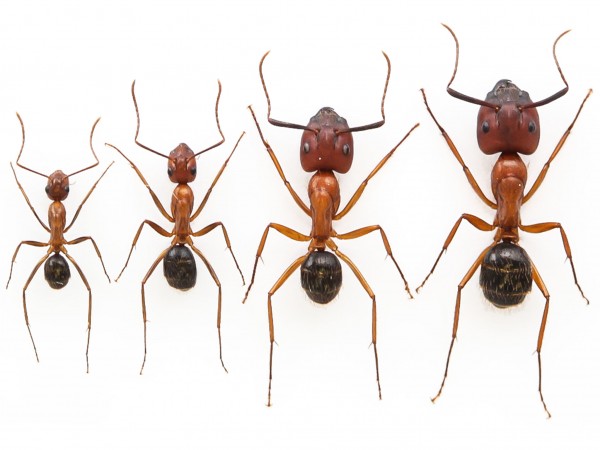Science can be a great source of fascinating experiments. Doubling the size of insects is perhaps not the best way to advertise your particular speciality, however:

Researchers have changed the size of a handful of Florida ants by chemically modifying their DNA, rather than by changing its encoded information. The work is the latest advance from a field known as epigenetics and may help explain how the insects — despite their high degree of genetic similarity — grow into the different varieties of workers needed in a colony.
This discovery “takes the field leaps and bounds forward,” says entomologist Andrew Suarez of the University of Illinois, Urbana-Champaign, who wasn’t connected to the study. “It’s providing a better understanding of how genes interact with the environment to generate diversity.”
Ant nests have division of labor down pat. The queen spends her time pumping out eggs, and the workers, which are genetically similar sisters, perform all the other jobs necessary to keep the colony thriving, such as tending the young, gathering food, and excavating tunnels. Workers in many ant species specialize even further, forming so-called subcastes that look different and have different roles. In Florida carpenter ants (Camponotus floridanus), for example, workers tend to fall into two groups. Minor workers, which can be less than 6 mm long, rear the young and forage for food. Major workers, which can be almost twice as long, use their large jaws to protect the colony from predators.
A team from McGill University in Montreal, Canada, suspected that the mechanism involves DNA methylation: the addition of a chemical to DNA. Genome sequencing and other methods suggest that these physical differences don’t usually stem from genetic differences between individual ants. Instead, environmental factors help push workers to become majors or minors — specifically, the amount of food and coddling that young ants receive. But just how do these factors change the size of ants?



